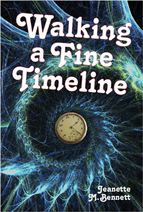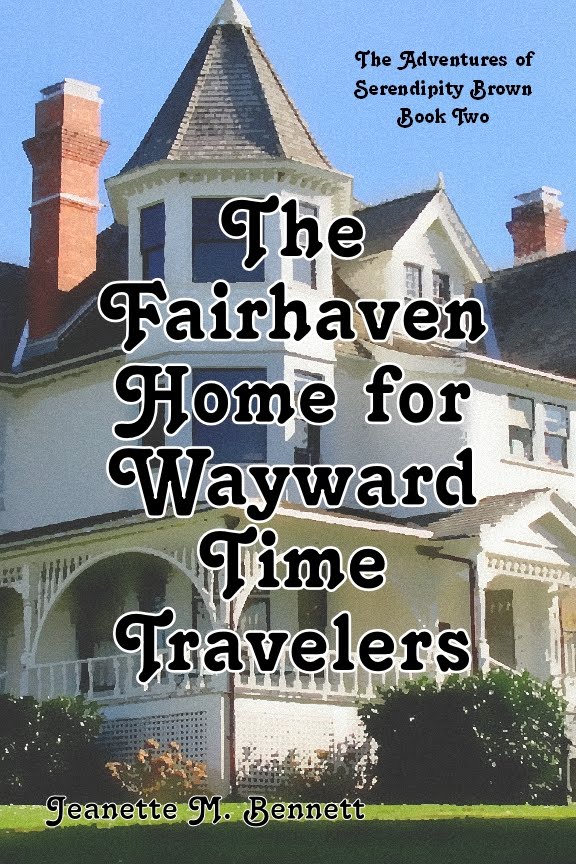 |
| Pallazi Barbaro |
The Barbaro filled both buildings with beautiful art and elegant furnishings. But then the Barbaro family died out in the mid-19th century. The buildings were bought by speculators who sold off the paintings and furniture.
In 1881 an wealthy Bostonian, named Daniel Sargent Curtis, saved the older of the buildings. He lets his friends stay here. My word, does he have friends! They include artists, writers, musicians and wealthy art patrons. This is a well known center for American and English creative types.
Which was my “ticket”...I hoped. I knocked on the door and asked if Mr. Curtis was in. I told the butler I was a history scholar from the University of Cambridge and was interested in the building since I was writing a book on the old palaces of Venice. The butler left. Soon another gentleman came back offering me his hand. “I am Mr. Curtis. Dr. Howe, right? Please, do come in.
He showed me about the place and introduced me to a few guests. One was his second cousin, John Singer Sergeant. I tried not to look like a total twit as he shook my hand. Sergeant is one of the greatest portrait artists of his day. He will paint presidents and famous people.
 |
| Madame X by John Sargent |
He seemed please. “Why thank you. That’s my favorite. The critics in Paris hated it. I had to flee to London after the art show.”
“I never understood why it was so controversial. I like that you try other poses rather than the traditional ‘just sit in the chair.’”
“I’m not the only one of that school. We recently had Anders Zorn staying here.”
“The great Swedish painter? I thought only Americans stayed here?”
“My cousin even lets Frenchmen in here. Claude Monet was here recently, too.”
Daniel Curtis tugged on my arm. “Let me show you the painting Zorn did while he was here. It won’t be here long. The model is taking it with her.”
Sergeant laughed. “I would have done it, but I already painted Isabella. Besides, I‘m taking a vacation from portraits. I’m painting landscapes of Venice.”
 |
| Isabella Stewart Gordon by Andres Zorn |
Curtis took me through the estate. He showed me the desk where Henry James wrote The Aspern Papers while he visited in 1888. The novella is set in Venice, of course. He showed me where Robert Browning had slept. The poet fell in love with the area and rented a nearby pallazo of his own. That is also where he died five years ago.
Mr. Curtis also bragged about his other guests: artists, James Abbott McNeill Whistler and William Merritt Chase, and art historian, Bernard Berenson (with all the art in town, I can see why he was in Venice.) My head was spinning with all the names.
Then Curtis showed me what he was most proud of. Turns out his son, Ralph Wormely Curtis, is quite an artist himself. I was impressed with his work. What would one expect growing up surrounded by artists.
 |
| Return from Lido by Ralph Wormely Curtis |
It is fitting that someday this building will be a museum, not to the Barbaro family but to Daniel Curtis and all his amazing guests.
Some of the great art inspired by a visit to the Pallazo Barbaro-Curtis (as it is now called.)
 |
| Grand Canal by John Singer Sargent |
 |
| Venice by James Whistler |
 |
| Pallazo Dario by Claude Monet |
 |
| Venice by William Merritt Chase |
 |
| In my Gondola by Andres Zorn |
The Aspern Papers by Henry James
A Toccata of Galuppi's - Robert Browning's poem about Venice
The Venetian Painters of the Renaissance: with an index to their works by Bernard Berenson




No comments:
Post a Comment
Due to bots sticking ads into the comments I am now forced to moderate. Differing opinions are welcomed. This is history, which is the surviving written record, which may or may not be accurate. I will even allow comments pushing other books or websites as long as they are relevant.